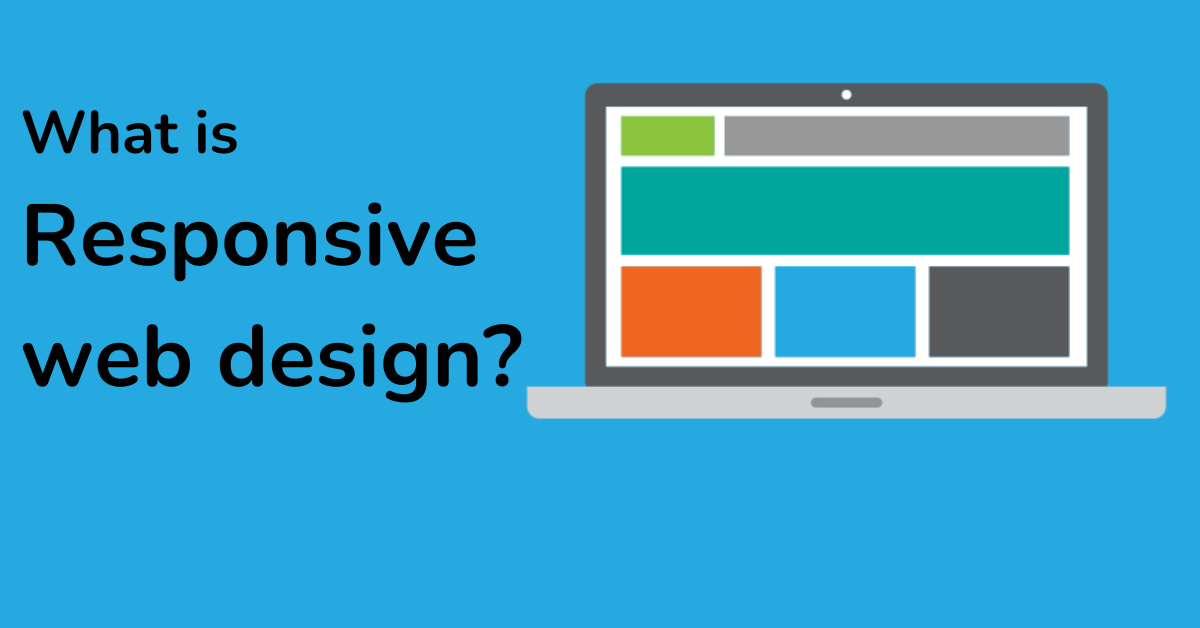How Did I Craft Responsive Design
Crafting a website that caters to various devices is essential in the digital era. Ensuring a seamless user experience across desktops, tablets, and mobile phones is a fundamental aspect of web development. Responsive web design plays a pivotal role in achieving this adaptability.
In today’s diverse digital landscape, users access websites through a multitude of devices, each with distinct screen sizes and resolutions. To address this variability, responsive design is imperative. It allows websites to dynamically adjust their layout to provide an optimal viewing experience regardless of the device being used.
Transitioning into Key Concepts:
Understanding the core concepts of responsive web design is crucial for web developers. By employing techniques such as CSS media queries, fluid grids, and flexible images, developers can create websites that seamlessly adapt to different screen sizes and orientations.
CSS Media Queries enable developers to apply specific styles based on a device’s characteristics, such as width, height, resolution, or orientation. By utilizing media queries, developers can tailor the layout and design of a website to suit various devices effectively.
Fluid Grids play a vital role in responsive design by using relative units like percentages instead of fixed pixels. This approach allows content to fluidly adjust to different screen sizes, ensuring a consistent user experience across devices.
Flexible Images are essential for responsive design as they scale proportionally with the size of the viewport. By using flexible images, developers can prevent images from overflowing or becoming distorted on devices with varying screen sizes.
Transitioning to Practical Examples:
Implementing responsive design techniques involves using media queries in CSS. By incorporating media queries into your stylesheets, you can define specific rules for different screen sizes. Here’s an example of a media query snippet:

Transitioning to Tools & Frameworks:
Frameworks such as Bootstrap and Tailwind CSS offer built-in support for responsive design, making it easier for developers to create adaptive websites. Bootstrap provides a comprehensive front-end framework with a responsive grid system and pre-designed components. On the other hand, Tailwind CSS is a utility-first framework that simplifies the process of creating responsive designs without the need for extensive custom CSS.
By mastering responsive web design techniques and leveraging tools like Bootstrap or Tailwind CSS, developers can enhance user experience by delivering visually appealing and functional websites across all devices. Embracing these methodologies empowers developers to create engaging and responsive web experiences that cater to the diverse needs of users across different platforms. Some of the sites that helped me to learn the responsive design include W3schools, and Geeksforgeeks.
